Home>Garden Essentials>How Long Does It Take For Snap Dragons To Germinate
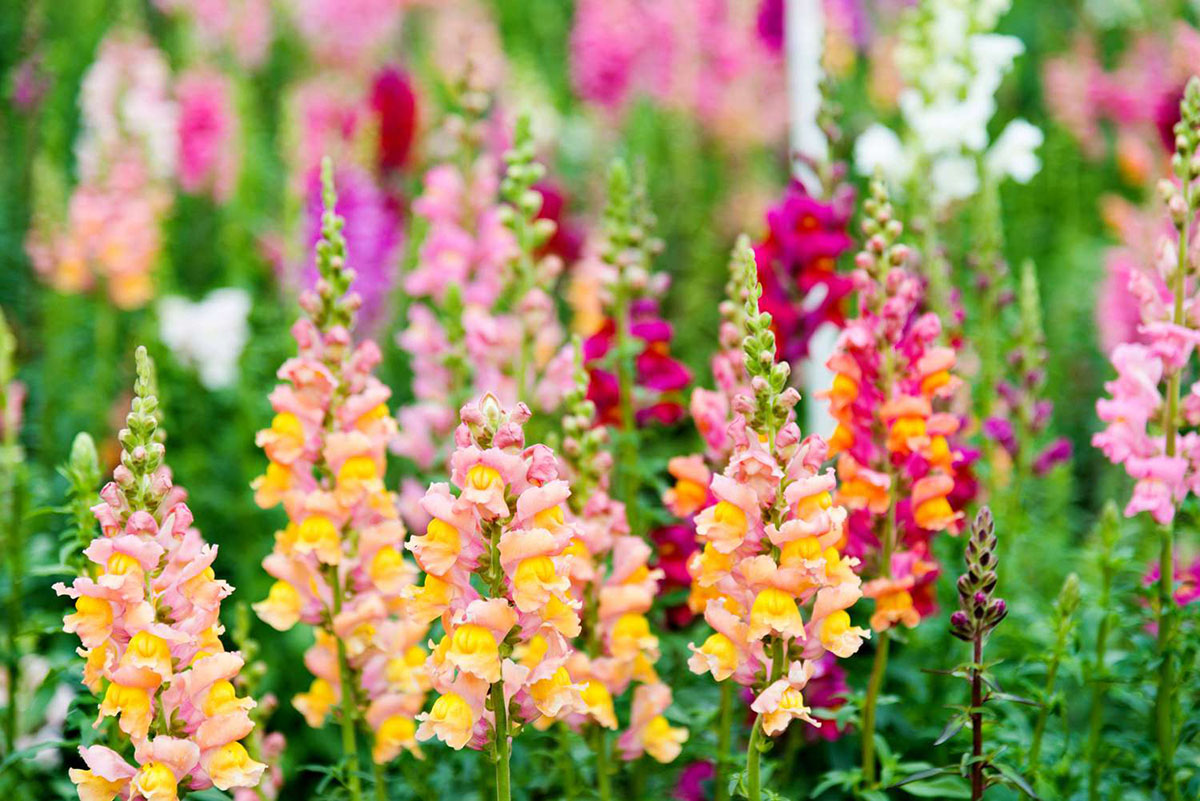

Garden Essentials
How Long Does It Take For Snap Dragons To Germinate
Modified: March 15, 2024
Learn how long it takes for snap dragons to germinate in your garden and get tips for successful seed starting.
(Many of the links in this article redirect to a specific reviewed product. Your purchase of these products through affiliate links helps to generate commission for Storables.com, at no extra cost. Learn more)
Introduction
Welcome to the fascinating world of snapdragons! These vibrant and captivating flowers are a beloved addition to many gardens. If you’re a gardening enthusiast or just starting out, understanding the germination process of snapdragons is essential for successful cultivation. In this article, we will explore the factors that affect snapdragon germination, the ideal conditions for germination, the timeline for germination, and some useful tips to ensure your snapdragon seeds sprout into thriving plants.
Snapdragons, scientifically known as Antirrhinum, are herbaceous plants belonging to the Scrophulariaceae family. They are native to the Mediterranean region but have become popular garden plants worldwide due to their impressive colors and unique shape. The name “snapdragon” comes from the flower’s resemblance to a dragon’s face that opens and closes when gently squeezed. These flowers come in a range of hues, including red, pink, yellow, orange, and white, making them a delightful sight in any garden.
As with any plant, successful germination is the crucial first step towards growing healthy snapdragons. But before we dive into the germination process, let’s explore the factors that can affect the success of snapdragon germination.
Key Takeaways:
- Snapdragons prefer cooler temperatures, moist soil, and indirect light for successful germination. Fresh seeds, gentle watering, and patience are key to growing these vibrant flowers in your garden.
- Understanding the factors affecting snapdragon germination, creating ideal conditions, and following useful tips can lead to successful cultivation. Enjoy the journey of watching snapdragon seeds transform into beautiful, vibrant plants.
Read more: How Long For Snap Peas To Germinate
Factors Affecting Snap Dragon Germination
Several factors can influence the germination of snapdragon seeds. Understanding these factors will help you create the optimal conditions for successful germination. Let’s take a look at the key factors:
- Temperature: Snapdragons prefer cooler temperatures for germination. The optimal temperature range for snapdragon seed germination is between 60°F (15°C) and 70°F (21°C). Temperatures above 75°F (24°C) can inhibit germination or result in poor seedling growth. If you live in a warmer region, you may need to consider providing shade or starting the seeds indoors where temperature conditions can be controlled.
- Moisture: Adequate moisture is essential for seed germination. However, overly wet conditions can lead to seed rot or fungal diseases. It is important to keep the soil consistently moist but not waterlogged. Before sowing the seeds, make sure the soil is well-drained to avoid water stagnation. Regularly monitor the moisture levels, especially during hot weather, and adjust watering accordingly.
- Light: While snapdragon seeds require light to germinate, they should not be exposed to direct sunlight. It is best to provide them with bright, indirect light. Covering the seeds with a thin layer of soil or a light-sensitive covering, like paper towels or burlap, can help ensure they receive the right amount of light during germination.
- Seed Quality: The quality of the snapdragon seeds themselves can significantly impact germination. It is crucial to obtain fresh, viable seeds from reputable sources. Look for seeds that are plump, firm, and free from mold or other signs of damage. Proper storage of seeds in a cool, dry place can help maintain their viability.
- Seed Treatment: Some gardeners find that pre-soaking snapdragon seeds in water for a few hours or scarifying the hard outer coat of the seeds with a small file can improve germination rates. These treatments can help break dormancy and enhance water absorption, leading to faster and more uniform germination.
By taking these factors into consideration, you can ensure that your snapdragon seeds have the best chance of germinating and developing into healthy plants. Now that we understand the influencing factors, let’s explore the ideal conditions for snapdragon seed germination in more detail.
Ideal Germination Conditions
To maximize the germination success of snapdragon seeds, it’s crucial to create the ideal conditions. Here are the key factors to consider:
- Soil: Use a well-draining potting mix or soil for sowing snapdragon seeds. The soil should be rich in organic matter and have a pH level between 6.0 and 7.0, which is slightly acidic to neutral. Avoid heavy clay soils that can retain too much moisture and suffocate the seeds.
- Sowing Depth: Snapdragon seeds are small, so it’s essential not to bury them too deep. Sow the seeds at a shallow depth of around 1/8 inch (3-4 mm). Gently press the seeds into the soil without covering them completely.
- Container: If you choose to start snapdragon seeds indoors, use seed trays, shallow containers, or pots with drainage holes. Ensure that the containers are clean and sterilized to prevent the development of harmful pathogens.
- Watering: After sowing the seeds, water the soil gently to keep it moist. Avoid creating waterlogged conditions, as excessive moisture can lead to damping off disease. Use a spray bottle or a gentle sprinkler to avoid displacing the seeds.
- Germination Time: Snapdragons generally take around 10 to 14 days to germinate, but this can vary depending on various factors such as temperature, moisture, and seed quality. Be patient and continue to provide the ideal conditions for germination.
- Lighting: Once the seeds have sprouted, provide them with bright, indirect light. Consider placing them near a windowsill or under grow lights for 12-16 hours a day. Monitor the seedlings to prevent them from becoming leggy or weak due to insufficient light.
- Hardening Off: Before transplanting the seedlings outdoors, give them time to adjust to outdoor conditions. This process, known as hardening off, involves gradually exposing the seedlings to outdoor elements like sunlight, wind, and fluctuating temperatures. Start with short periods of exposure and gradually increase it over the course of a week or two.
By providing these ideal germination conditions, you can greatly increase the likelihood of successful germination and ensure that your snapdragon seedlings are off to a healthy start. Now, let’s explore the timeline for snapdragon germination.
Snapdragons typically take 7-14 days to germinate. Keep the soil consistently moist and provide plenty of sunlight for best results.
Germination Timeline of Snapdragons
The germination timeline of snapdragons can vary depending on various factors such as temperature conditions, seed quality, and individual seed viability. However, on average, snapdragons take around 10 to 14 days to germinate. Let’s break down the germination process into different stages:
- Day 1-3: After sowing the snapdragon seeds, the process of water absorption begins. The seeds start swelling and softening as they absorb moisture from the soil.
- Day 4-7: At this stage, the seeds show signs of germination. The outer seed coat splits open, and a small root begins to emerge. This root, called the radicle, grows downwards to anchor the plant into the soil and absorb nutrients and water.
- Day 8-10: As the radicle continues to grow, the first true leaves start to appear above the soil surface. These leaves are distinct from the initial seed leaves, also known as cotyledons, which may have emerged earlier. The appearance of the true leaves signifies the successful germination of the snapdragon seeds.
- Day 11-14: By this stage, most of the snapdragon seeds have germinated, and the seedlings continue to grow and develop. The roots strengthen, and the leaves expand, taking on the characteristic shape of snapdragons.
It is important to note that while the majority of seeds may germinate within the specified timeline, some seeds may take longer. Patience is key during the germination process, and it’s essential to continue providing the ideal conditions until all seeds have had a chance to sprout.
Once the snapdragon seedlings have germinated and developed to a suitable size, they can be transplanted into their permanent outdoor location or larger containers. However, proper care should be maintained throughout the entire growth process to ensure healthy and thriving snapdragon plants.
Now that we have a timeline for snapdragon germination, let’s explore some useful tips to increase the success rate of germination.
Tips for Successful Germination
To increase the success rate of snapdragon germination, here are some valuable tips to keep in mind:
- Start with Fresh Seeds: Use fresh snapdragon seeds from reliable sources. Fresh seeds have higher viability and are more likely to germinate successfully.
- Pre-Soaking or Scarifying: Consider pre-soaking the snapdragon seeds in water for a few hours before sowing. This can help soften the seed coat and promote faster germination. Alternatively, you can gently scarify the hard outer coat of the seeds with a small file to enhance water absorption.
- Adequate Watering: Keep the soil consistently moist but not waterlogged. Avoid overwatering, as it can lead to seed rot or fungal diseases. Use a spray bottle or gentle sprinkler to water the seeds and seedlings gently.
- Provide Optimal Temperature: Maintain a temperature between 60°F (15°C) and 70°F (21°C) for successful germination. Utilize a heating mat or place the seed trays in a warm location to ensure the seeds are kept within the ideal temperature range.
- Protect from Extreme Temperatures: Protect the seed trays or containers from extreme heat or cold. If temperatures exceed 75°F (24°C), provide shade to prevent overheating. Avoid exposing the seeds to freezing temperatures, as it can inhibit germination.
- Optimal Light Conditions: Provide bright, indirect light to the snapdragon seeds. Avoid direct sunlight during the germination process, as it can dry out the soil and harm the delicate seedlings.
- Thin out Seedlings: Once the seedlings have sprouted and have developed a few sets of true leaves, thin them out to provide enough space for proper growth. Remove the weaker seedlings, leaving the healthiest ones with adequate room to thrive.
- Transplant with Care: When transplanting the snapdragon seedlings to their final location, handle them carefully to avoid damaging the delicate roots. Ensure that the soil is adequately prepared and provide support, such as stakes or trellises, if needed.
- Maintain Consistent Care: Regularly monitor the seedlings for any signs of pests, diseases, or nutrient deficiencies. Water and fertilize as needed to support healthy growth. Pay attention to any specific care requirements based on the snapdragon variety you are growing.
- Enjoy the Process: Lastly, gardening is a rewarding and enjoyable activity. Embrace the germination process and take pleasure in watching your tiny snapdragon seeds transform into beautiful, vibrant plants. Take the time to learn and experiment, and don’t be disheartened by setbacks. Gardening is a journey filled with learning experiences.
By implementing these tips, you can significantly increase the chances of successful snapdragon germination and ensure the healthy growth of your snapdragon plants. Remember, patience, observation, and proper care are key throughout the germination process.
As we conclude, we hope this article has provided you with valuable insights into the factors affecting snapdragon germination, the ideal germination conditions, the germination timeline, and tips for successful germination. Now it’s time for you to get your hands dirty and embark on a delightful journey of growing these whimsical snapdragon flowers in your own garden!
Read more: How Long Does Popcorn Take To Germinate
Conclusion
Snapdragons, with their vibrant colors and enchanting shape, are a delightful addition to any garden. Understanding the germination process of these beautiful flowers is essential for achieving successful cultivation. By considering the factors that affect snapdragon germination, creating the ideal germination conditions, and following some helpful tips, you can increase the likelihood of successful germination and enjoy a garden filled with blooming snapdragons.
Factors such as temperature, moisture, light, seed quality, and seed treatment can significantly impact snapdragon germination. Maintaining the right temperature range, providing adequate moisture without overwatering, ensuring proper lighting conditions, and using quality seeds will greatly enhance the germination process.
The ideal germination conditions for snapdragons involve using a well-draining soil, sowing the seeds at a shallow depth, providing proper watering, and offering bright, indirect light. Additionally, understanding the germination timeline, which usually ranges from 10 to 14 days, can help you stay patient and provide consistent care throughout the process.
To further increase the success rate of snapdragon germination, consider following some useful tips. Starting with fresh seeds, pre-soaking or scarifying the seeds, maintaining adequate moisture and temperature, protecting from extreme temperatures, and thinning out seedlings are all effective strategies. Taking care during transplantation, providing consistent care afterwards, and enjoying the gardening journey add to your chances of achieving healthy and thriving snapdragon plants.
In conclusion, mastering the germination process of snapdragons opens up a world of possibilities for creating a vibrant and captivating garden. By paying attention to the influencing factors, creating optimal conditions, and implementing useful tips, you can ensure successful germination and enjoy the beauty of snapdragon flowers in your garden. So, roll up your sleeves, get your hands in the soil, and watch with delight as your snapdragon seeds sprout, thrive, and fill your garden with their charming colors and captivating presence.
Frequently Asked Questions about How Long Does It Take For Snap Dragons To Germinate
Was this page helpful?
At Storables.com, we guarantee accurate and reliable information. Our content, validated by Expert Board Contributors, is crafted following stringent Editorial Policies. We're committed to providing you with well-researched, expert-backed insights for all your informational needs.
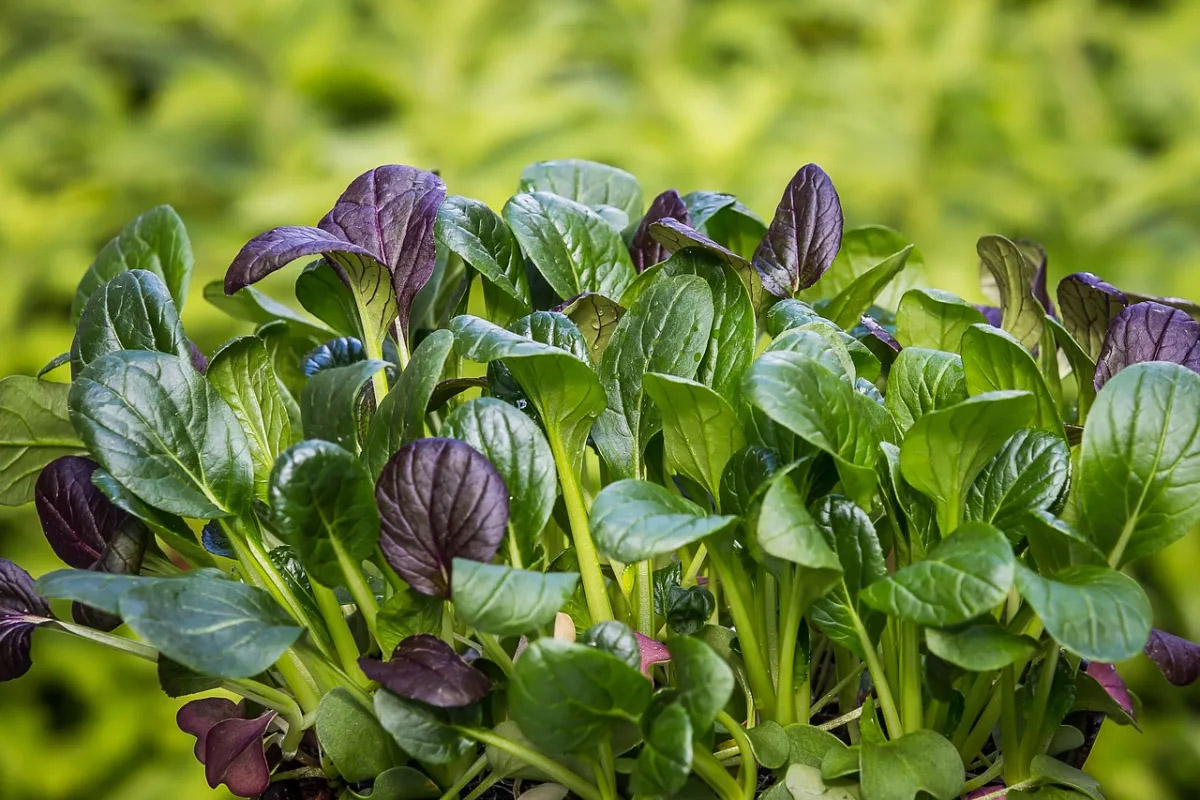
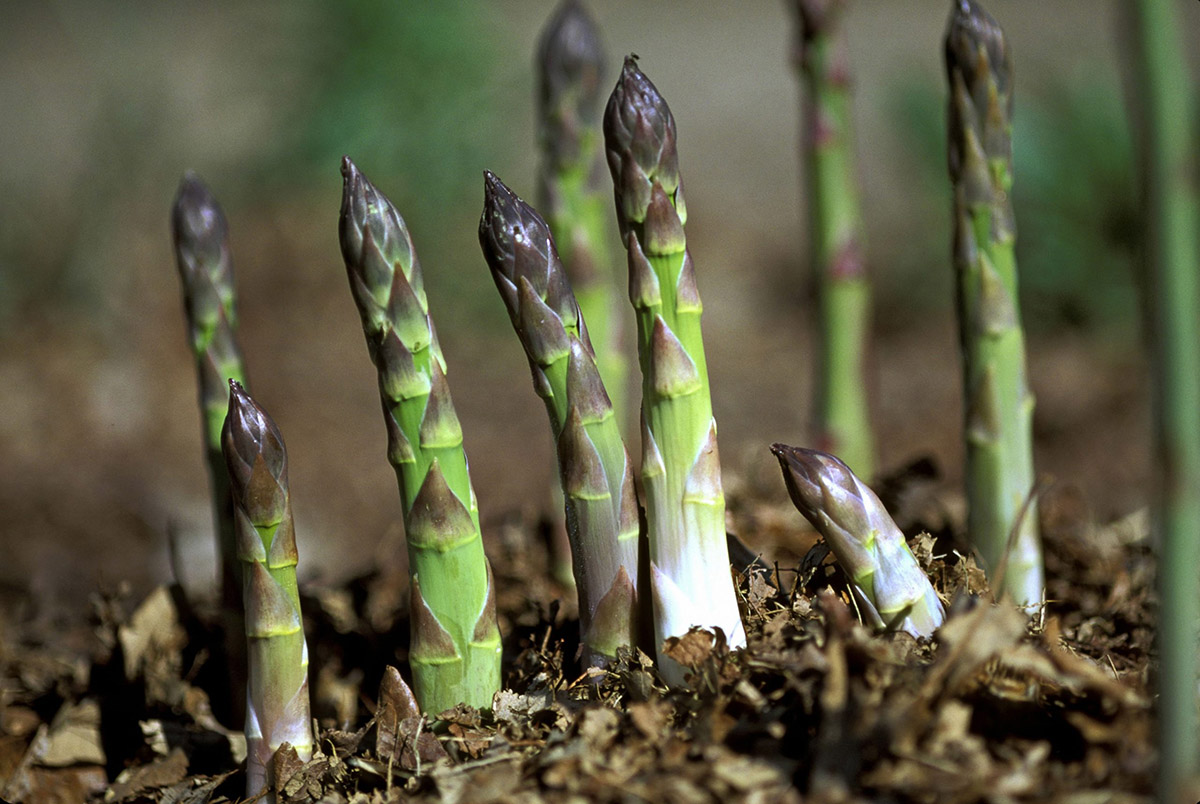
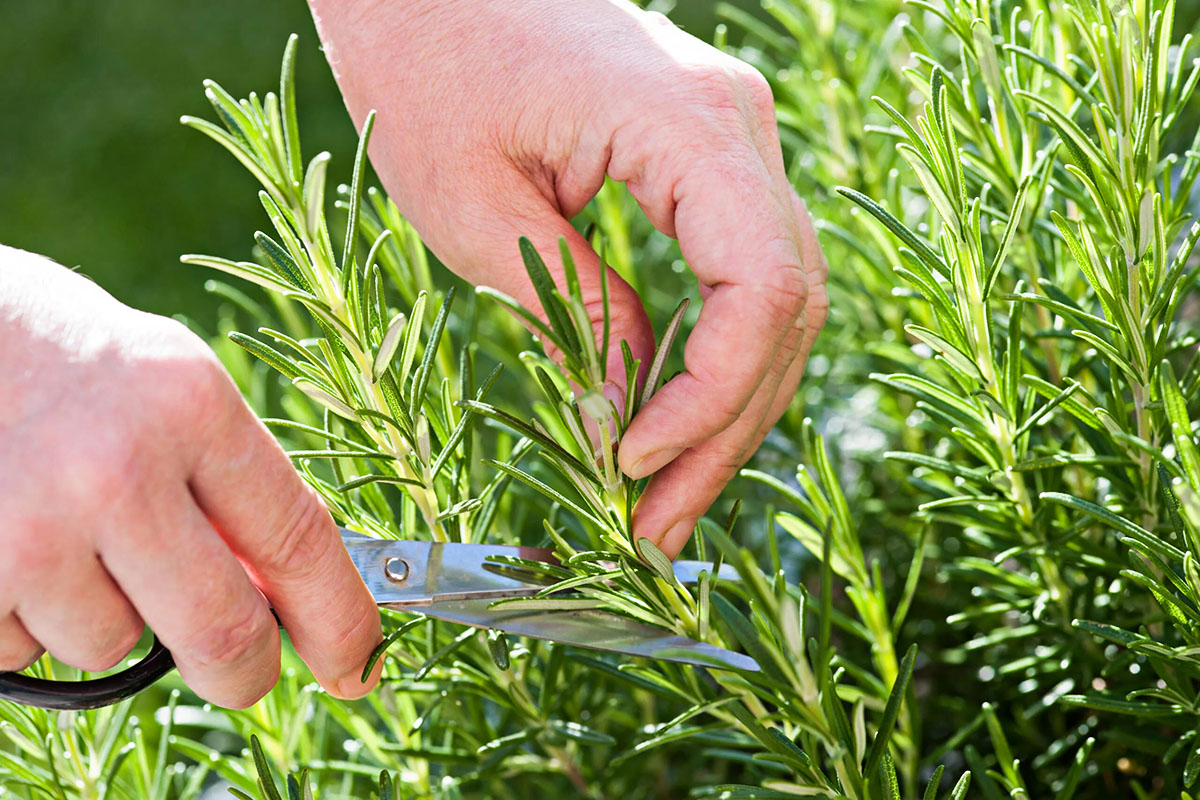


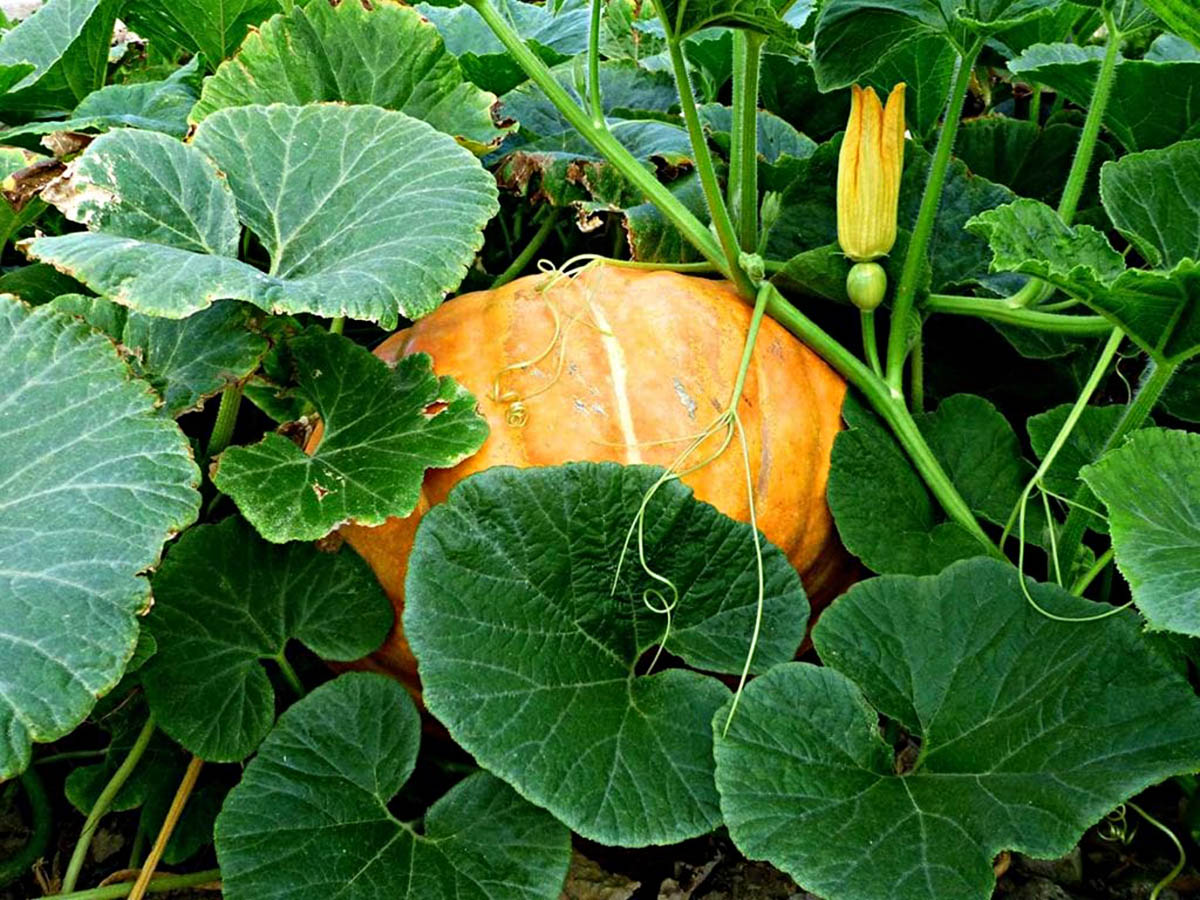
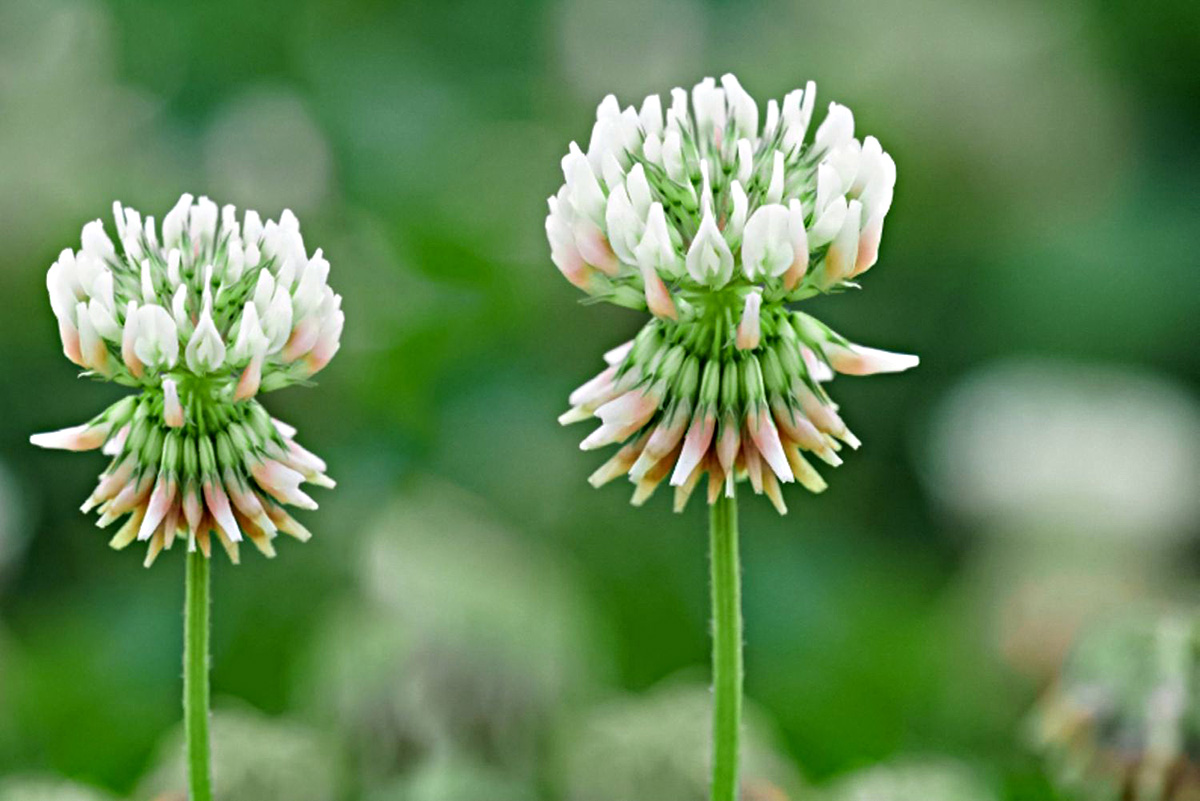
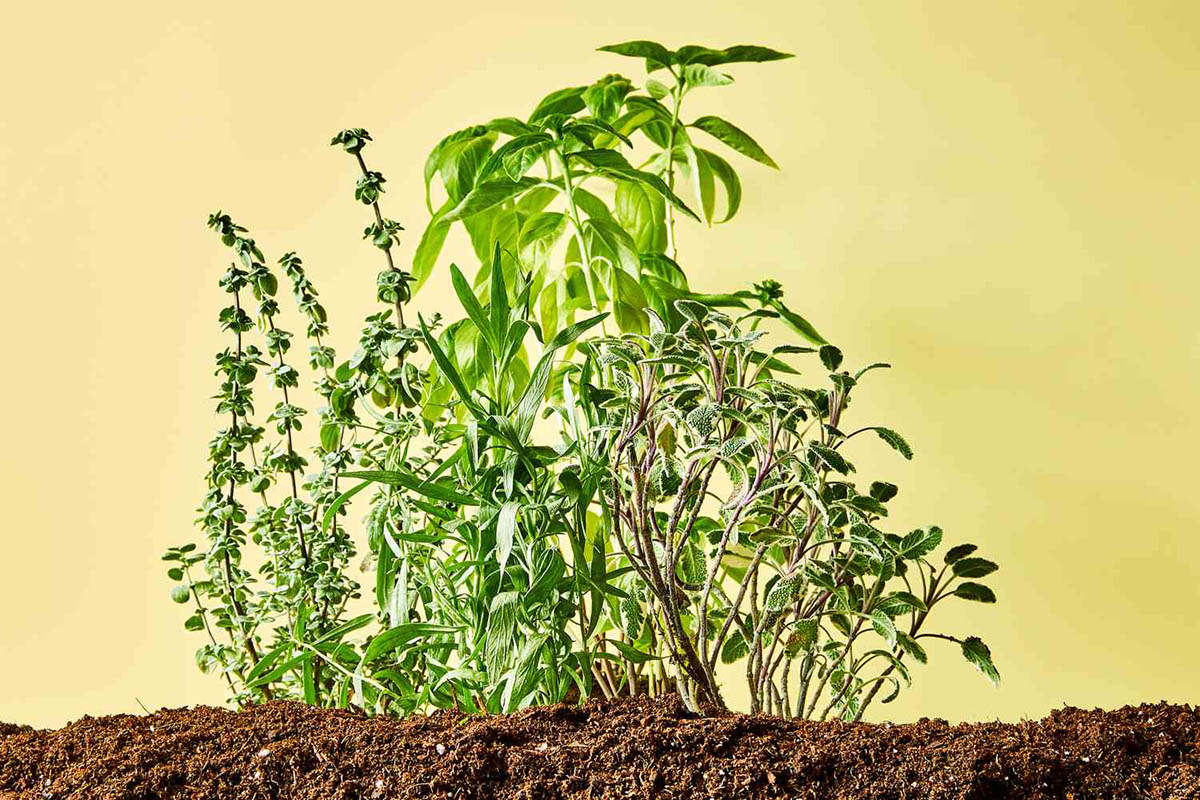
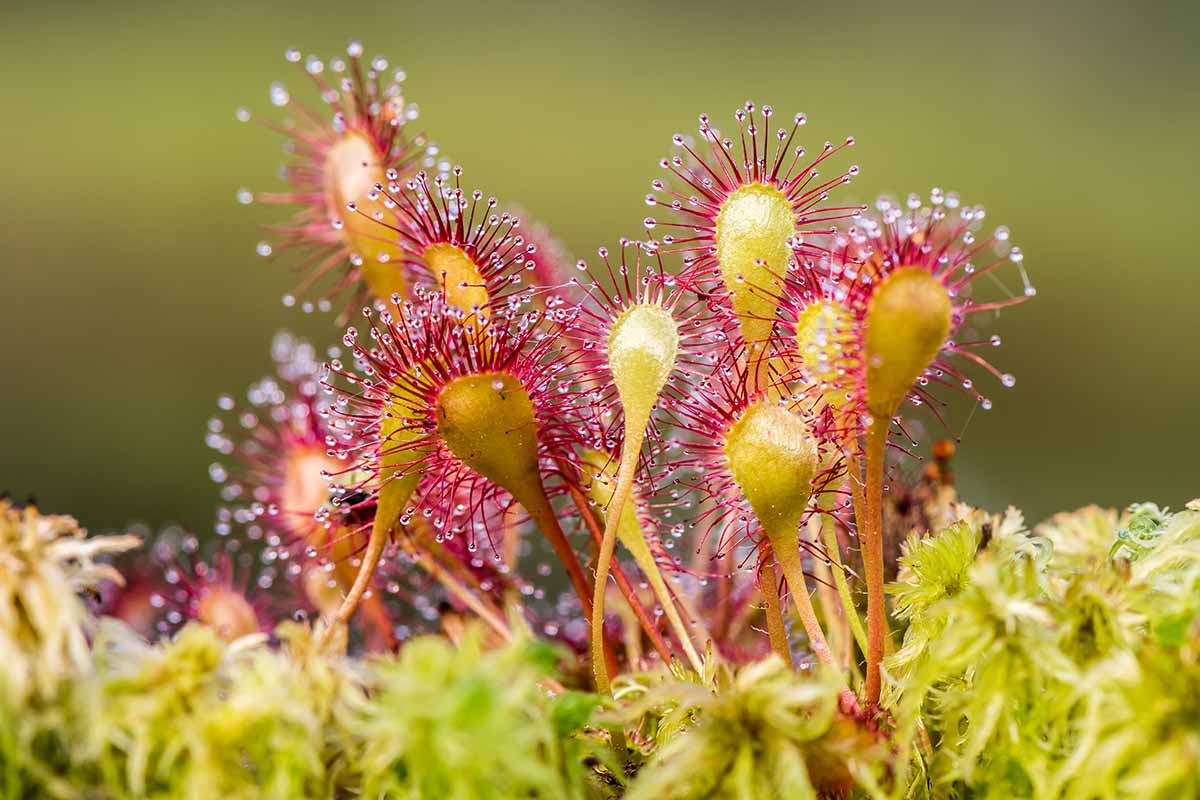






0 thoughts on “How Long Does It Take For Snap Dragons To Germinate”